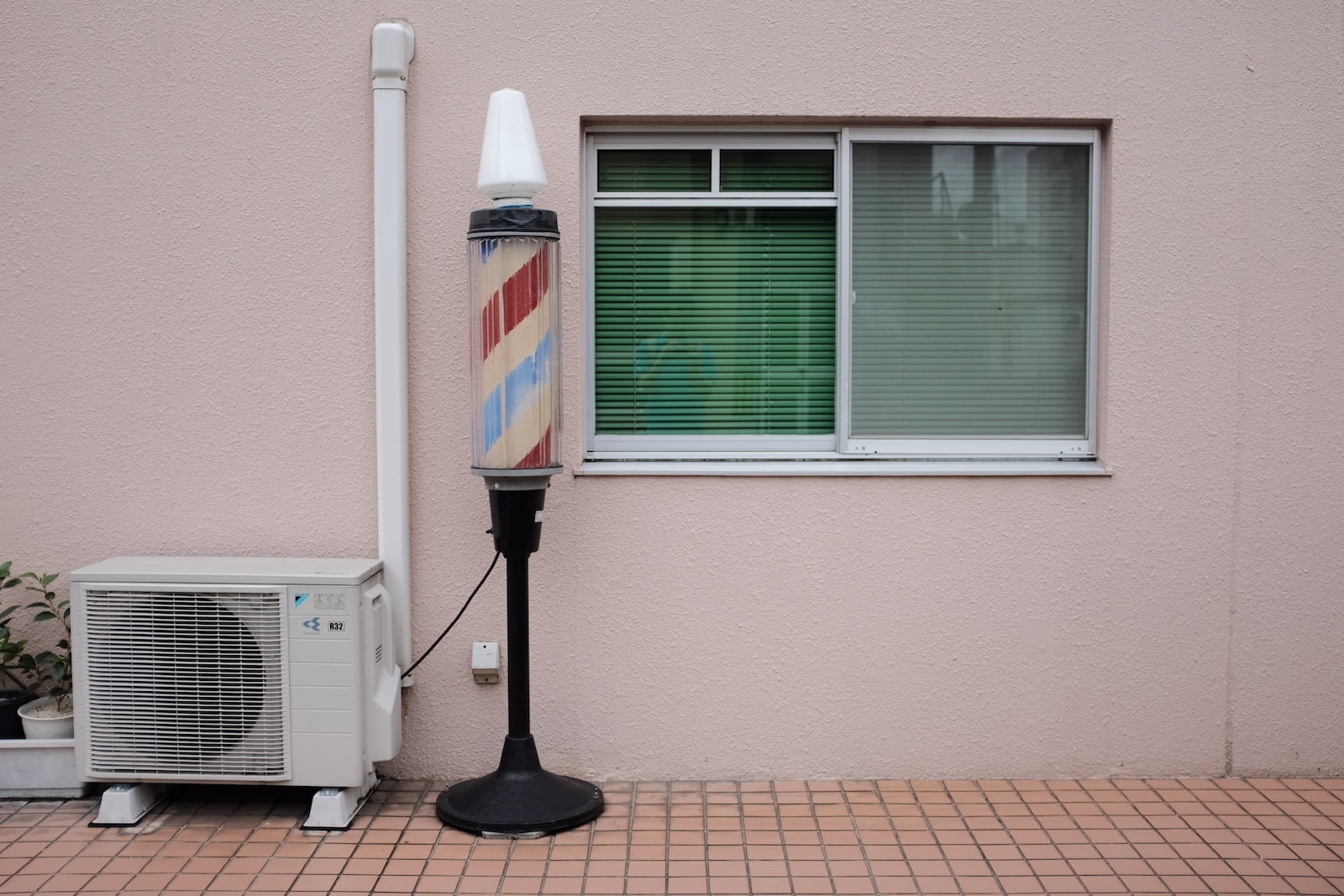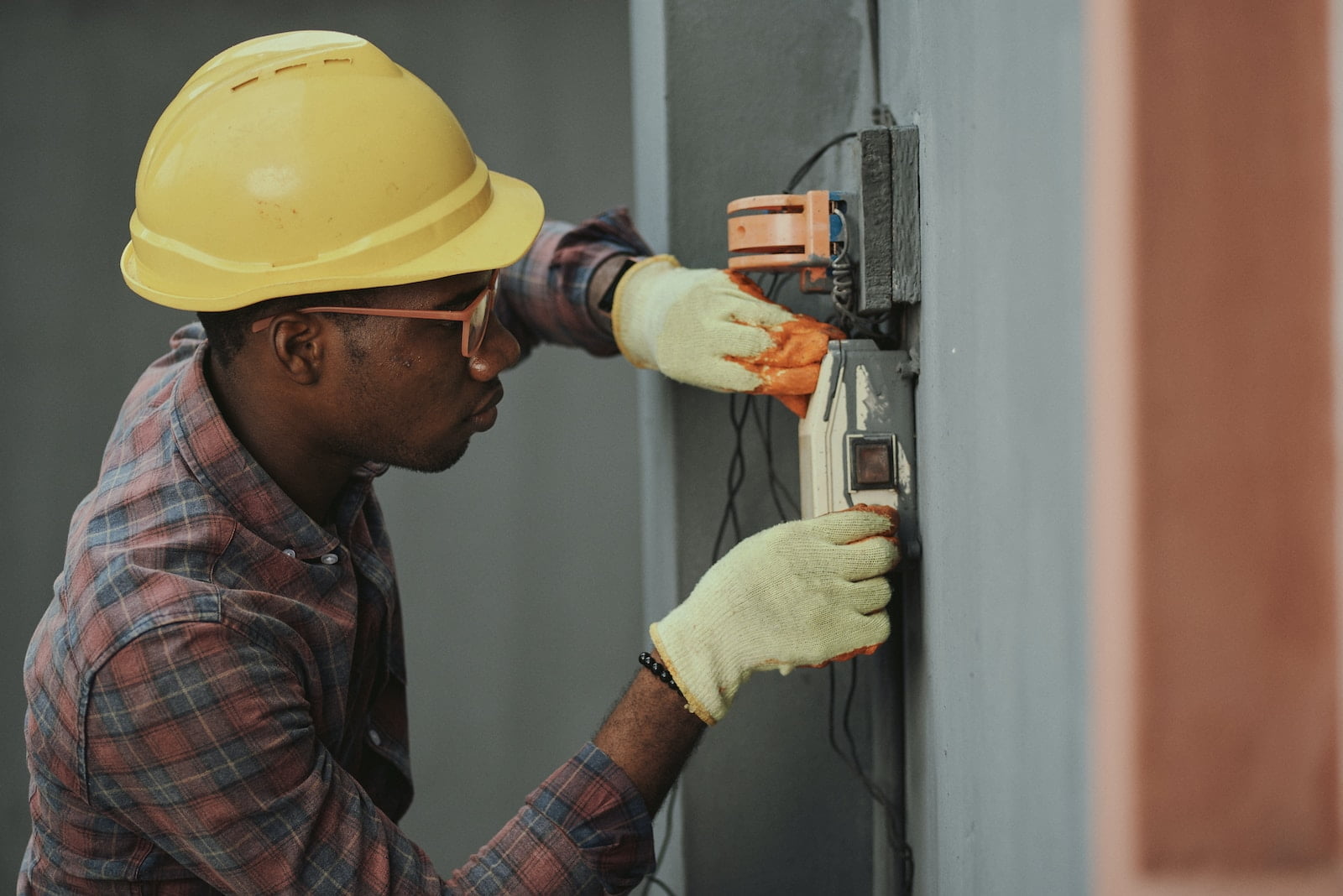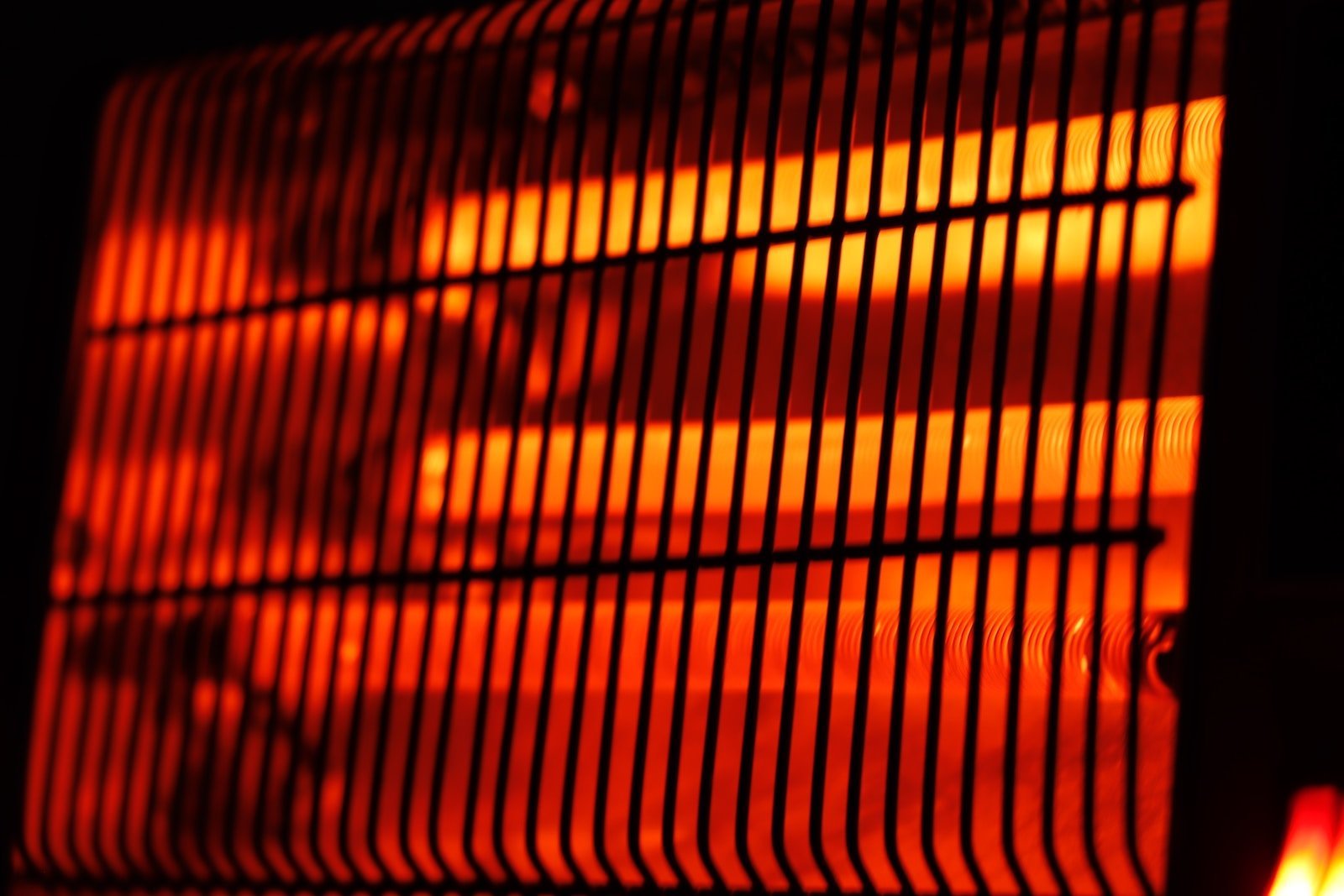Understanding Ductless AC Systems: Benefits and Functionality
With the increasing demand for energy-efficient and cost-effective air conditioning systems, ductless AC systems have become a popular choice for many homeowners. These systems provide a flexible and efficient way to cool your home without the need for ductwork. Whether you are looking to upgrade your existing AC system or install a new one, understanding the basics of ductless AC systems is crucial.
In this article, we will provide an introduction to ductless AC systems, including their benefits, how they work, and the different types available. We will also discuss the installation process and maintenance requirements to help you make an informed decision when considering a ductless AC system for your home.
So, let’s dive in and explore the world of ductless AC systems.
Improved Indoor Air Quality
One of the benefits of ductless AC systems is improved indoor air quality. Traditional AC systems require ducts to distribute cool air throughout your home. Over time, these ducts can accumulate dirt, dust, and other allergens, which can negatively impact your indoor air quality. Ductless AC systems, on the other hand, don’t require ducts, which means there’s no place for these contaminants to accumulate. Additionally, ductless AC systems typically come with a filtration system that helps to remove contaminants from the air, ensuring that the air you breathe inside your home is clean and healthy.
How Ductless AC Systems Work
Ductless AC systems, also known as mini-split systems, work by using an outdoor compressor unit and an indoor air-handling unit. The two units are connected by a conduit that contains the power cable, refrigerant tubing, and a condensate drain. The outdoor unit compresses and circulates refrigerant through the indoor unit, where the fan blows the cool air into the room. The refrigerant absorbs heat from the indoor air and carries it outside, where it is released into the atmosphere.
One of the main advantages of ductless AC systems is that they can cool individual rooms or zones, rather than the entire house. This allows for greater energy efficiency and cost savings, as you only need to cool the rooms that are being used. Additionally, ductless systems are easier to install than traditional central air conditioning systems, as they do not require ductwork. This makes them a great option for older homes or buildings where ductwork installation would be difficult or expensive.
Overall, ductless AC systems offer a flexible and efficient cooling solution for homeowners. By understanding how they work, you can make an informed decision about whether a ductless system is the right choice for your home.
Wall-Mounted Ductless AC Systems
Wall-mounted ductless AC systems are the most common type of ductless AC systems. They are installed high on a wall and can be used to cool a single room or a small area. Wall-mounted ductless AC systems are easy to install and are perfect for small apartments, bedrooms, and offices. They are also energy-efficient and can help you save on your energy bills. These systems are available in different sizes and styles, so you can choose the one that best suits your needs.
Ceiling Cassette Ductless AC Systems
Ceiling cassette ductless AC systems are installed in the ceiling and are perfect for larger rooms or open spaces. They are designed to distribute cool air evenly throughout the room and are ideal for commercial spaces such as offices, restaurants, and retail stores. Ceiling cassette ductless AC systems are discreet and do not take up any floor space, which makes them a popular choice for those who want to keep their rooms clutter-free. They are also energy-efficient and can help you save on your energy bills in the long run.
Floor-Mounted Ductless AC Systems
Floor-mounted ductless AC systems are installed close to the floor and are perfect for rooms with large windows or rooms with high ceilings. They are designed to provide cool air at floor level, which makes them ideal for rooms that receive a lot of sunlight or rooms that have high ceilings. Floor-mounted ductless AC systems are also energy-efficient and can help you save on your energy bills. They are available in different sizes and styles, so you can choose the one that best suits your needs.
Maintenance and Repairs for Ductless AC Systems
Regular maintenance is necessary to keep your ductless AC system functioning efficiently. The first step in maintenance is to clean the air filters every 2-4 weeks, depending on usage. Dirty filters can restrict airflow and reduce efficiency. Additionally, cleaning the outdoor unit is important to ensure proper airflow and prevent debris buildup. It is also important to check the refrigerant levels and electrical connections regularly. If you notice any unusual sounds or smells, it may be a sign of a larger issue and you should contact a professional for a repair.
When it comes to repairs, it is best to leave it to the professionals. Attempting to fix the system yourself can lead to further damage and potentially harmful situations. Common issues with ductless AC systems include refrigerant leaks, compressor problems, and electrical malfunctions. A licensed HVAC technician will be able to diagnose the issue and provide a safe and effective repair. It is important to address any issues as soon as possible to prevent further damage and ensure the longevity of your system.






